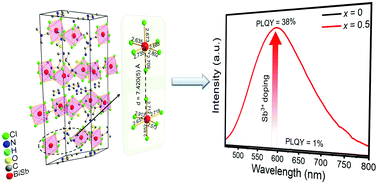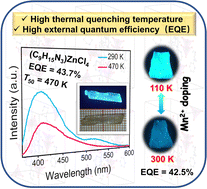LASER & PHOTONICS REVIEWS.08 February 2023.https://doi.org/10.1002/lpor.202200999
For the conventional persistent luminescence (PersL) charging processes, carriers are photo-pumped to the conduction band (CB) or high-energy excited states (HES) under short-wavelength UV or coherent near-infrared (NIR) laser excitation. Herein, electron tunneling charging behavior is reported in Cr3+, Sm3+ co-doped NIR PersL magnetoplumbite SrGa12O19, which allows for efficient charging by incoherent visible light. First, the electrons are efficiently captured by the neighboring GaII-O2− electron–hole trap centers via a tunneling process, and then these excited electrons are transferred to shallow traps via a persistently energetic optical pump. This work further optimizes the PersL performance via engineering the energy band through partial substitution of In3+ for Ga3+. Consequently, tunneling charging occurring near the neighboring Cr3+-traps dimers enables Sr(Ga,In)12O19:Cr3+,Sm3+ to display brighter NIR PersL (≈760 nm, peak; ≈100 nm, FWHM) than gallate spinel under sunlight irradiation. This work provides insights into electron tunneling charging under low-energy excitation for NIR PersL, which may inspire more PersL explorations for practical applications.









